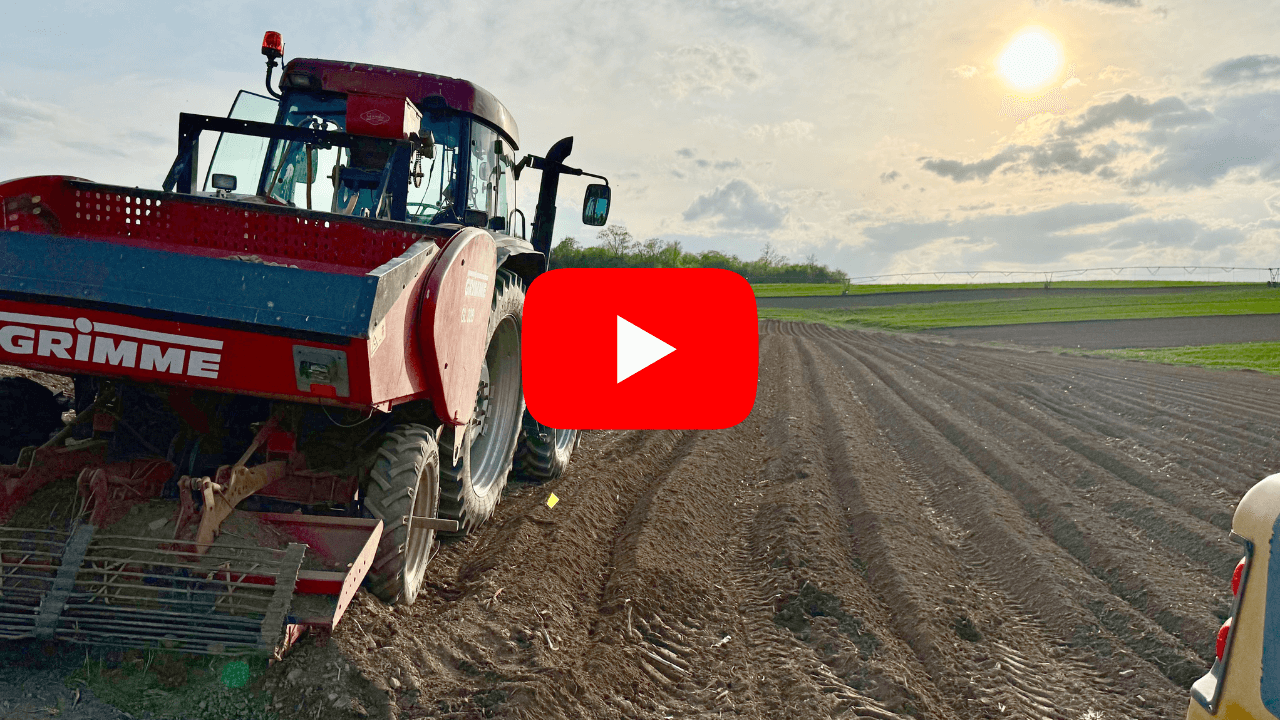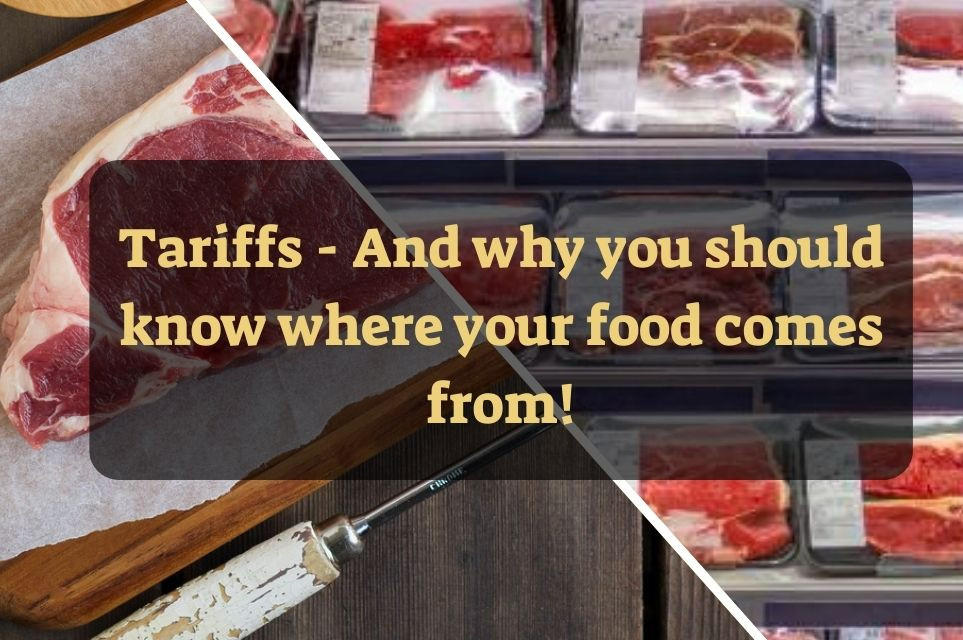Animals & Soil Health: How Livestock Benefit the Land & Help Farms Thrive
posted on
March 10, 2022

A couple of generations ago, all farms had animals freely roaming and grazing on their pastures. But as conventional farming entered the scene, livestock were instead tucked away in buildings. Conventional practices use a lot of the land’s resources without replenishing them. By that, we mean the vital nutrients that promote soil health. This affects the health of both the land and the animals.
At Red Hill Harvest, we are returning to the traditional, natural way of farming with animals. As a regenerative farm, our focus is on healthy soil – which requires healthy, free-range livestock. Discover how our animals and land work together to produce clean, nutritious food and help our farm thrive.
2 Ways Animals Boost Soil Health
Regenerative agriculture is a cycle: Healthy animals → Healthy soil → Healthy foods…and it goes round and round.
To maintain this beneficial cycle, we use rotational grazing and natural fertilizer. Both practices are essential to crop and soil health.
Rotational Grazing

So, what is rotational grazing, and why is it important? This means the animals graze only one section of pasture at a time while the remaining pasture rests. Livestock are moved from one paddock to another on a schedule.
Rotational grazing ensures that the animals and the land are nourished. It also prevents overgrazing, which can damage soil fertility.
As our cows and chickens roam and graze our pastures, they help spread the minerals and nutrients evenly across the land – much more effectively than we can do on our own!
The animals also trample a good amount of grass and plants. Don’t worry, this is a good thing! Trampling creates a natural protective cover for the soil, keeping it healthy and full of carbon and other necessary nutrients (i.e., food for microorganisms).
As they graze, livestock work the soil naturally by:
- Aerating it and working in the seeds as they walk
- Tilling
- Scratching at the surface
Rotational grazing also fosters healthy pasture plants that help shade and protect the soil. This keeps the soil cooler and slows evaporation, so it doesn’t dry out. Meanwhile, their roots hold the soil, prevent erosion, and promote water absorption. These plants also add carbon back into the ground after grazing, which reduces global warming effects and boosts soil organic matter (i.e., all the good natural stuff that makes up healthy soil).
Together, these happy effects promote plant and animal biodiversity!
Natural Fertilizer
We fertilize our pastures with our animals’ manure, which allows us to reduce our use of artificial fertilizers. This is one of our key regenerative farming practices, as we aim to use fewer chemicals each year.
A farm is designed to be a closed nutrient system. Animals eat plants and fertilize the soil with their manure. The soil microbiome takes the nutrients from the manure and transforms them for plants to use to grow more food. In a properly functioning system, very little to no additional nutrients are necessary!
Cows also pass on many healthy bacteria to the soil through their manure. This builds up the topsoil and adds essential nutrients and minerals. Manure can fulfill a significant amount of a crop’s nitrogen, phosphorus, potassium, and micronutrient requirements. Cow manure specifically tends to contain lots of carbon, which is critical for increasing soil organic matter.
Like rotational grazing, manure helps improve the soil’s physical properties by:
- Boosting its ability to absorb air and water, preventing water and nutrient runoff
- Strengthening the soil to withstand wind and water erosion
- Creating a healthy home for roots
These are crucial to maintaining soil health and, therefore, producing healthy crops.
At the end of the day, we know exactly what is going into our animals and our land – meaning we can provide health-conscious people like you like you with clean, nutrient-dense food!
How We KNOW Animals Make a Difference
We have seen how much livestock can improve soil health. In fact, they’ve helped us completely turn our farm around!
When we reintroduced animals to our farmland, some of it had been in the federal land bank for 25 years. This meant grasses were planted but never harvested – so it was on the verge of returning to woodland. The land was overgrown with six-foot-tall goldenrod. Instead of planting seeds, we began rotationally grazing our cattle. Two years later, the goldenrod had all but disappeared and been replaced by grasses and legumes.
Nature supplied the grasses when the animals asked for them! There’s that regenerative cycle again. Since transforming our farm, we have also noticed a significant increase in all wildlife, from insects to birds to deer.
Our chickens follow the cattle and pick through the cow manure, eating the insects (including protein-rich grasshoppers) for a good portion of their diet. The yolks are a beautiful, dark orange color during the grazing season.

Animals are also healthier when they can roam and graze the land. As long as the cattle have a place to get out of the wind, they’re happy! Livestock raised on the land have more robust immune systems, even though they take a little longer to grow. Plus, their meat, eggs, or milk are much more nutritious – and they taste better, too.
While confinement buildings allow animals to grow faster because they move less and stay warmer, the animals actually become weaker and more susceptible to disease. This is a significant problem with the conventional food system that we are working to change.
Taste and feel the difference of regenerative agriculture when you shop our selection of grass-fed beef, fresh potatoes, pastured eggs, and fresh cabbage today. Or, feel free to contact us with more questions about our products and clean eating!




